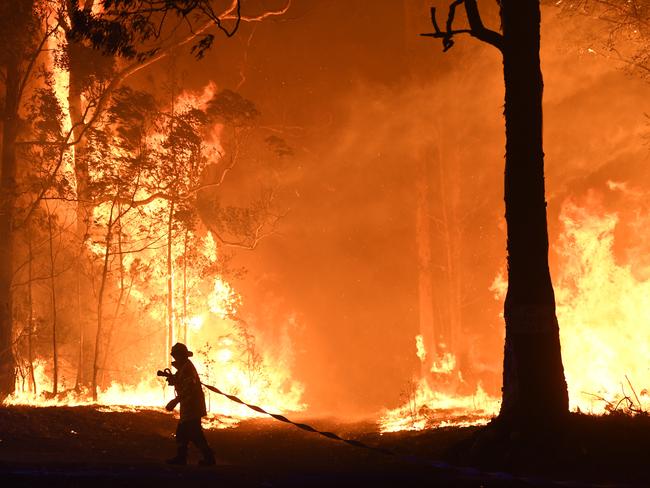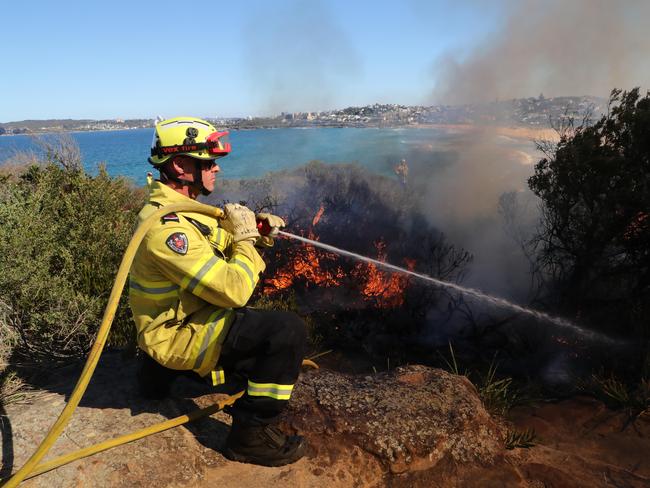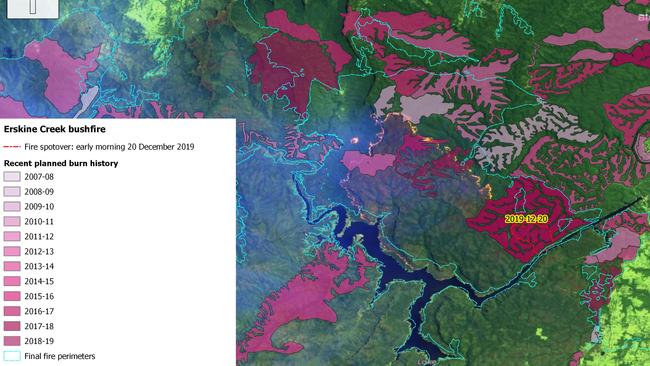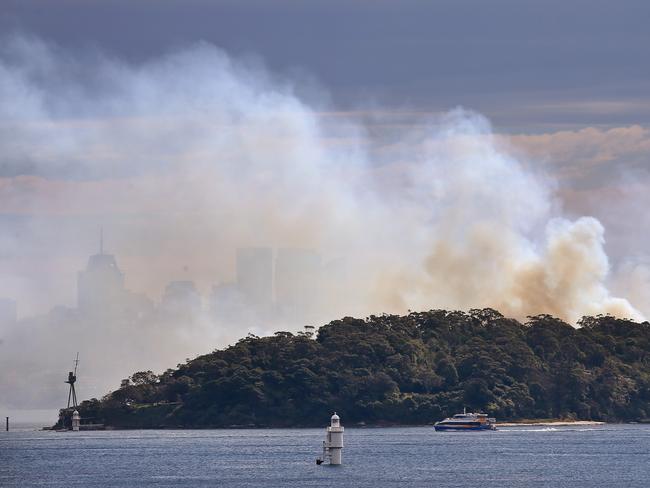Fire scientist warns against relying on hazard reduction
An internationally-renowned fire ecologist has warned hazard reduction burns won’t stop bushfires with even cooler months not providing opportunities to hit significantly higher targets.

NSW
Don't miss out on the headlines from NSW. Followed categories will be added to My News.
- ScoMo’s right-hand man probed over power play
- Lower 100km/h zones, drink drive limit on table for NSW
Hazard reduction burns will not stop bushfires, even if targets were significantly increased, an internationally-renowned fire ecologist has warned.
A significantly higher target may also not be achievable, with some forests too damp to burn off during the cooler months to a level that would suppress a bushfire in summer, according to Australian vegetation and fire scientist Nicholas Gellie.

Mr Gellie, who was enlisted by the Victorian government in 2009 to conduct an independent report into the Black Saturday fire, said while hazard reduction burns were important, around 40 per cent of the state’s forests may not even be “treatable” in the hazard reduction window.
MORE FROM LINDA SILMALIS:
Koala cam: Thermal drone hunts for bushfire survivors
Secret Lib talks to ban developers from councils
Hazard reduction burns are conducted by land management agencies in the cooler months to reduce fuel loads during the bushfire season, with the NSW National Parks and Wildlife Service (NPWS) working to a five-year average target of 135,000 hectares per year.

However, critics such as Deputy Premier John Barilaro have declared this to be inadequate, with some Nationals calling for greater mechanical fuel reduction such as cattle grazing and selective logging.
With the NSW Independent Bushfire Inquiry and National Royal Commission into the Black Summer Bushfires to examine hazard reduction measures, Mr Gellie analysed parts of the State to determine how much vegetation could be burnt in the hazard reduction window.
In the Burragorang catchment west of Sydney, he calculated that almost one-quarter of the 260,000 hectares examined would not burn.

Another 42 per cent was “somewhat treatable”, with varying levels of burns able to be conducted, leaving just over one-third able to be effectively burned to a level that would help slow down or stop a bushfire.
On the North Coast, hazard reduction burning could occur on just 20 per cent of the landscape, which comprised dry grassy and shrubby eucalypt forest, with another 13 per cent — featuring “damp eucalypt forests” — deemed “somewhat treatable”.

As for the impact of hazard reduction on a major bushfire, a separate analysis of the Erskine Creek and Orroral firegrounds in Sydney’s southwest and Canberra, Mr Gellie found both blazes to have crossed through previously burned bushland.
The Erskine Creek fire tore through bushland that had been subject to a hazard reduction burn only two years earlier, while the Orroral Fire skipped across multiple burns conducted over the past three to six years.

Instead of relying solely on hazard reduction, authorities needed to develop faster and more effective remote area fire suppression together with improve preparation and planning in towns and villages at risk, Mr Gellie said.
“Even if we were to have an upscaled fuel management target, we still could not treat enough area to make a difference,” he said.
“While most vegetation types burned this summer – even rainforests – not everything burns in the cooler months when we can actually conduct hazard reduction burning – the moister fuel types on sheltered slopes just don’t burn.”
Last week, NPWS flagged its intention to increase hazard reductions.
The state government bushfire inquiry is accepting submissions until March 27, while a date has yet to be set for the royal commission.
Originally published as Fire scientist warns against relying on hazard reduction


